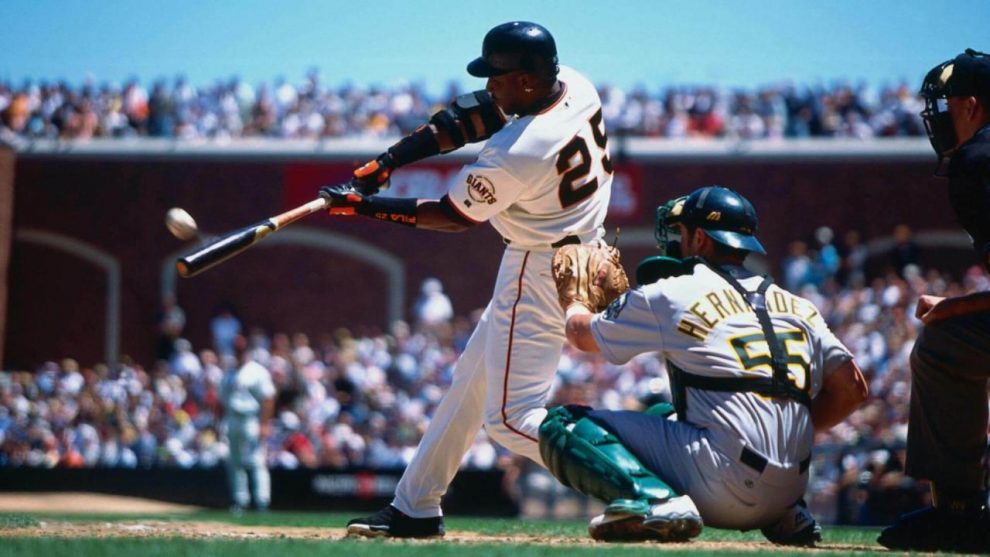
Introduction
Major League Baseball (MLB) is a cornerstone of American sports culture, captivating fans with its rich history, thrilling games, and iconic players. Whether you’re a seasoned fan or new to the sport, understanding the fundamentals and intricacies of MLB can enhance your appreciation for the game. In this comprehensive guide, we will delve into the basics of MLB and explore the deeper aspects that make it an enduring American pastime. From the game’s origins to modern-day technology and player development, this guide will provide a comprehensive understanding of MLB.
I. Origins and Evolution of MLB
Baseball’s Humble Beginnings
Baseball’s roots can be traced back to early bat-and-ball games in Europe, but its modern form took shape in 19th-century America. The game’s early development saw the establishment of professional teams and the formation of the National League (NL) in 1876, making it the oldest professional sports league in the United States. Over the years, the game evolved, and the American League (AL) was founded in 1901, leading to the formation of MLB as we know it today.
Integration and Expansion
A defining moment in MLB’s history came with the integration of African American players, most notably with Jackie Robinson breaking the color barrier in 1947. The inclusion of players from diverse backgrounds expanded the talent pool and transformed the game. MLB also underwent significant expansion, with the addition of new teams and the implementation of realignment to create more competitive divisions.
II. Rules, Positions, and Gameplay
The Basics: Understanding the Rules
To fully appreciate MLB, it is essential to grasp the fundamental rules of the game. The game is played between two teams, with each team having nine players on the field. The objective is to score runs by hitting the ball and advancing around four bases. The team with the most runs after nine innings wins the game.
Exploring Player Positions
Each player on an MLB team has a specific position that contributes to the overall strategy and defense of the team. The positions include pitcher, catcher, infielders (first baseman, second baseman, shortstop, and third baseman), and outfielders (left fielder, center fielder, and right fielder). Understanding the roles and responsibilities of each position enhances your comprehension of the game and player contributions.
The Pitching Duel: Key to MLB Success
Pitching plays a pivotal role in MLB. The pitcher’s objective is to throw the ball past the batter and prevent them from reaching base. Different pitching techniques, such as fastballs, curveballs, and changeups, challenge hitters and add excitement to the game. Pitchers have the opportunity to leave a lasting impact on the outcome of a game, making their role crucial in the sport.
III. MLB’s Technology Revolution
Statcast: Unveiling the Game’s Metrics
Advancements in technology have transformed the way we analyze and understand MLB. Statcast, MLB’s state-of-the-art tracking system, provides a wealth of data on every play, including exit velocity, launch angle, and route efficiency. This technology allows fans and analysts to delve into the minutiae of the game and gain a deeper understanding of player performance.
The Role of Instant Replay
Instant replay has become an integral part of MLB, ensuring accurate decision-making on critical plays. Introduced in 2008, replay technology allows umpires to review disputed calls, including home runs, fair or foul balls, and fan interference. The use of instant replay has improved the accuracy of officiating, enhancing the integrity of the game.
Player Development: Embracing Data and Analytics
Data analytics has revolutionized player development in MLB. Teams utilize advanced statistical models and machine learning techniques to identify player strengths and weaknesses, optimize lineups, and make strategic decisions. This data-driven approach has enabled teams to uncover undervalued players, adjust their defensive alignments, and maximize their chances of success.
IV. The Legends and Memorable Moments
Iconic Players: Heroes of the Game
MLB has produced a rich tapestry of legendary players whose accomplishments and impact transcend the sport. From Babe Ruth to Willie Mays, Ted Williams to Derek Jeter, these players left an indelible mark on the game and etched their names into baseball lore. Their contributions continue to inspire future generations of players and fans alike.
Historic Moments: Memories Forever Etched
The history of MLB is filled with unforgettable moments that have become part of the sport’s fabric. From Hank Aaron breaking Babe Ruth’s home run record to Kirk Gibson’s dramatic World Series walk-off homer, these moments encapsulate the drama and emotion that make baseball so captivating. These historic moments remind us of the timeless magic that unfolds on the diamond.
Conclusion
Major League Baseball is more than just a game; it’s an embodiment of American culture and history. Understanding the foundations, rules, and gameplay of MLB provides a solid basis for appreciating its nuances and complexities. The advent of technology, such as Statcast and instant replay, has added new dimensions to the game. By exploring the legends and historic moments, we connect with the rich tapestry of MLB’s past and recognize the impact it continues to have on the present. Whether you’re a lifelong fan or new to the sport, this guide equips you with the knowledge to truly understand and embrace the beauty of Major League Baseball.











